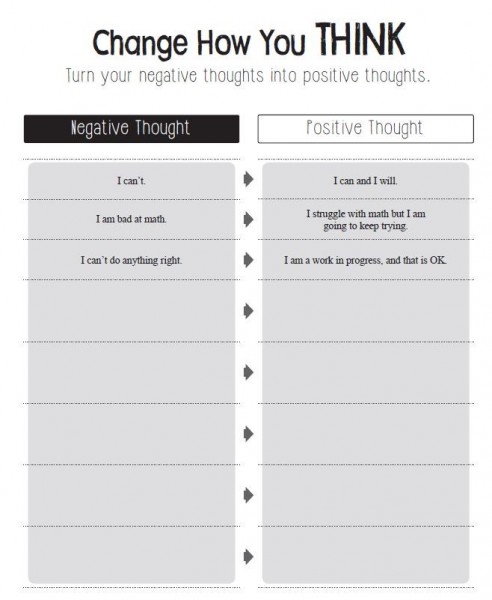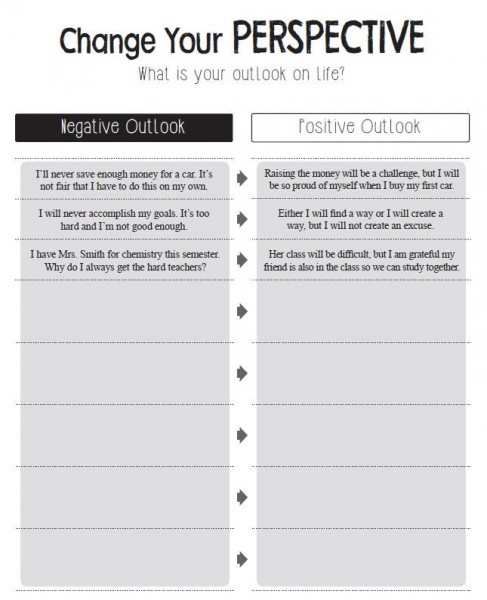Foster Care Transition Plan: Positive Thinking
“Give me a firm place to stand, and I will move the earth.”– Archimedes
Preparing foster youth to transition from dependence to independence, into healthy and contributing members of society, might be one of the most important goals of the foster care system. Yet, this rarely happens. We must do a better job with transitioning children from foster care to independent living. We all know this is important, yet we fail at making sure this task is completed correctly. In my recently released workbook Succeeding as a Foster Child, I provide the roadmap needed. In the book, I provide the master transition plan and interactive resources needed for any foster child to succeed.
As a former foster child myself, I recognize there are key pieces of information that you must become familiar with. The first of which is the transition plan (otherwise known as an exit plan). Federal law requires that a caseworker, or another appropriate child welfare professional, provide youth with assistance and support in developing a transition plan to develop a youth-led, personalized plan that is as detailed as possible. Again, this rarely happens.
So, let me demonstrate how to make it happen. This is the first part in a series of articles with tools from my workbook Succeeding as a Foster Child. Use the following information and images as tools to help a foster youth succeed. This series and my book can be used by social workers, foster parents, foster youth, child advocates, biological families, and of course . . . foster children.
Positive Thinking
“We carry within us the wonders we see around us.” – Sir Thomas Browne
The power of positive thinking is vitally important. You may have heard this before; however, it is without a doubt the purest form of truth. Positive thought creates successful people. You can only become what your mind tells you to become. Therefore, you must train your subconscious mind to think positive, gratifying thoughts while eliminating negative thoughts. It is essential that you are aware of your thoughts as well as how to control them.
If you find yourself feeling down, thinking negative thoughts, or simply having a bad day, stop what you are doing and fill your mind with positive thoughts and words of encouragement. This skill cannot be emphasized enough: You will become what you think about most. Controlling your thoughts is a difficult task, but it can be accomplished in time with regular practice.
You Become What You Think About Most
“The two most important days in your life are the day you are born and the day you find out why.” – Mark Twain
Use the following advice and think positive!
1. Be aware of your thoughts. Stop and think about what you are thinking and feeling.
2. Rid yourself of negative thoughts. Substitute negative thoughts with positive thoughts.
3. Immerse yourself in a positive environment surrounded by positive people.
4. Focus on your life goals. Create a list of your ambitions and decide to make them reality.
Essentially, think of viewing your life as a movie projecting onto a screen. Here, you are the director of the film. What type of movie would you watch?
The following are actual tools from Chapter 1: Positive Thinking found in Succeeding as a Foster Child: A Workbook.
Attitude of Gratitude
“Somewhere, something incredible is waiting to be known.” – Carl Sagan
List all the positive things in your life.

Change How You Think
“You are braver than you believe, stronger than you seem, and smarter than you think.” – Christopher Robin
Turn your negative thoughts into positive thoughts. Simply write down a negative thought then reframe the same thought into a positive actionable thought.

Change Your Perspective
“He who knows others is clever, but he who knows himself is enlightened.” – Lao Tzu
How do you see the world? What is your outlook on life? Simply write down your outlook on life then reframe it into a positive one.








